NASA astronaut Nick Hague and Roscosmos cosmonaut Aleksandr Gorbunov are headed to the International Space Station for the agency’s SpaceX Crew-9 mission in September. Once on station, these crew members will support scientific investigations that include studies of blood clotting, effects of moisture on plants grown in space, and vision changes in astronauts.
Here are details on some of the work scheduled during the Crew-9 expedition:
Blood cell development in space
Megakaryocytes Orbiting in Outer Space and Near Earth (MeF1) investigates how environmental conditions affect the development and function of megakaryocytes and platelets. Megakaryocytes, large cells found in bone marrow, and platelets, pieces of these cells, play important roles in blood clotting and immune response.
“Understanding the development and function of megakaryocytes and platelets during long-duration spaceflight is crucial to safeguarding the health of astronauts,” said Hansjorg Schwertz, principal investigator, at the University of Utah. “Sending megakaryocyte cell cultures into space offers a unique opportunity to explore their intricate differentiation process. Microgravity also may impact other blood cells, so the insights we gain are likely to enhance our overall comprehension of how spaceflight influences blood cell production.”
Results could provide critical knowledge about the risks of changes in inflammation, immune responses, and clot formation in spaceflight and on the ground.
Patches for NICER
The Neutron Star Interior Composition Explorer (NICER) telescope on the exterior of the space station measures X-rays emitted by neutron stars and other cosmic objects to help answer questions about matter and gravity.
In May 2023, NICER developed a “light leak” that allows sunlight to interfere with daytime measurements. Special patches designed to cover some of the damage will be installed during a future spacewalk, returning the instrument to around-the-clock operation.
“This will be the fourth science observatory and first X-ray telescope in orbit to be repaired by astronauts,” said principal investigator Keith Gendreau at NASA’s Goddard Space Flight Center in Greenbelt, Maryland. “In just a year, we diagnosed the problem, designed and tested a solution, and delivered it for launch. The space station team — from managers and safety experts to engineers and astronauts — helped us make it happen. We’re looking forward to getting back to normal science operations.”
Vitamins for vision
Some astronauts experience vision changes, a condition called Spaceflight-Associated Neuro-ocular Syndrome. The B Complex investigation tests whether a daily B vitamin supplement can prevent or mitigate this problem and assesses how genetics may influence individual response.
“We still do not know exactly what causes this syndrome, and not everyone gets it,” said Sara Zwart, principal investigator, at the University of Texas Medical Branch, Houston. “It is likely many factors, and biological variations that make some astronauts more susceptible than others.”
One such variation could be related to a metabolic pathway that requires B vitamins to function properly. Inefficiencies in this pathway can affect the inner lining of blood vessels, resulting in leaks that may contribute to vision changes. Providing B vitamins known to affect blood vessel function positively could minimize issues in genetically at-risk astronauts.
“The concept of this study is based on 13 years of flight and ground research,” Zwart said. “We are excited to finally flight test a low-risk countermeasure that could mitigate the risk on future missions, including those to Mars.”
Watering the space garden
As people travel farther from Earth for longer, growing food becomes increasingly important. Scientists conducted many plant growth experiments on the space station using its Veggie hardware, including Veg-01B, which demonstrated that ‘Outredgeous’ red romaine lettuce is suitable for crop production in space.
Plant Habitat-07 uses this lettuce to examine how moisture conditions affect the nutritional quality and microbial safety of plants. The Advanced Plant Habitat controls humidity, temperature, air, light, and soil moisture, creating the precise conditions needed for the experiment.
Using a plant known to grow well in space removes a challenging variable from the equation, explained Chad Vanden Bosch, principal investigator at Redwire, and this lettuce also has been proven to be safe to consume when grown in space.
“For crews building a base on the Moon or Mars, tending to plants may be low on their list of responsibilities, so plant growth systems need to be automated,” Bosch said. “Such systems may not always provide the perfect growing conditions, though, so we need to know if plants grown in suboptimal conditions are safe to consume.”
Melissa Gaskill
International Space Station Research Communications Team
Search this database of scientific experiments to learn more about those mentioned in this article.
Discover More Topics
from NASA https://ift.tt/nINxdeZ

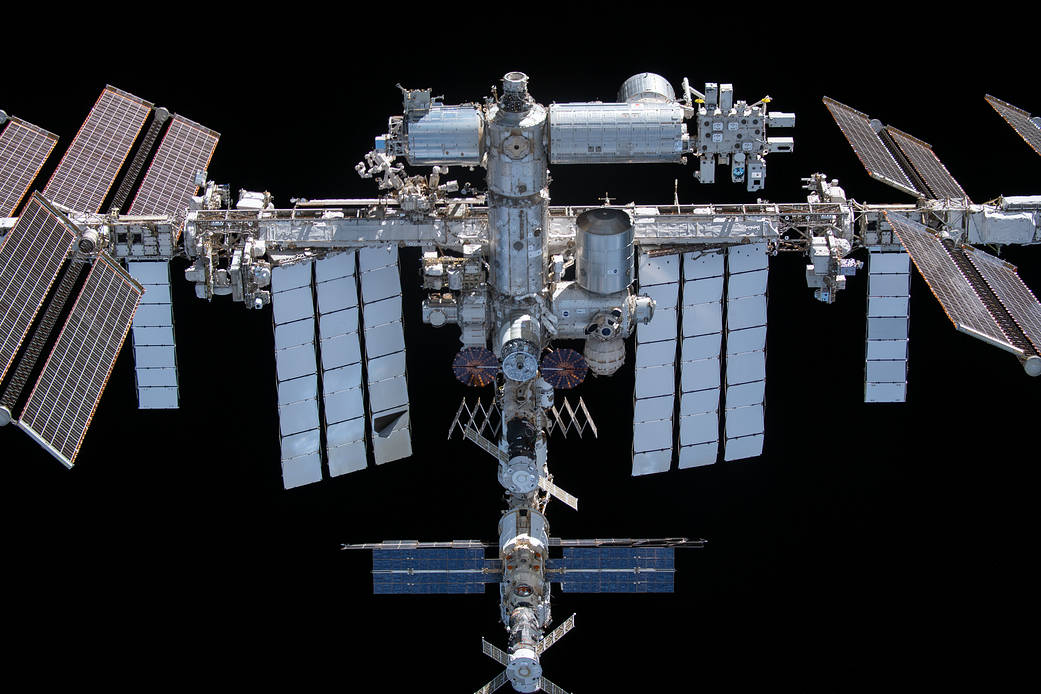
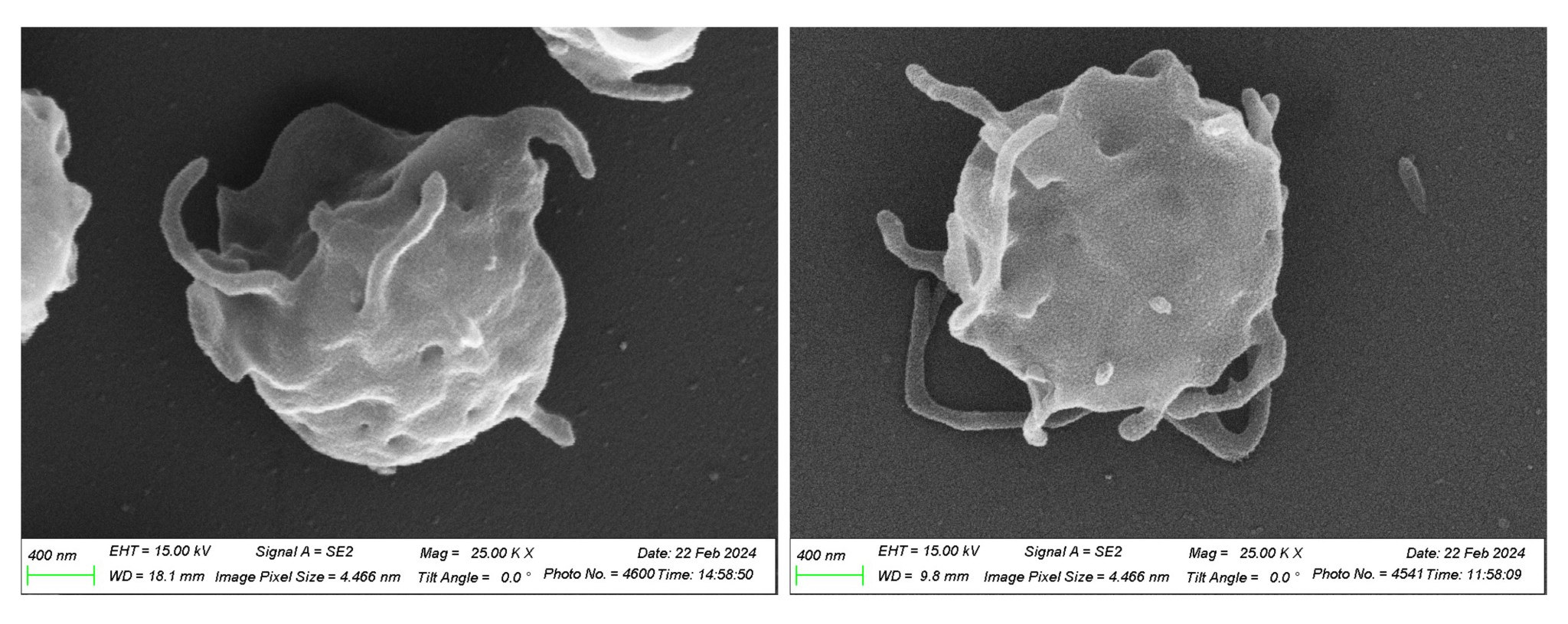
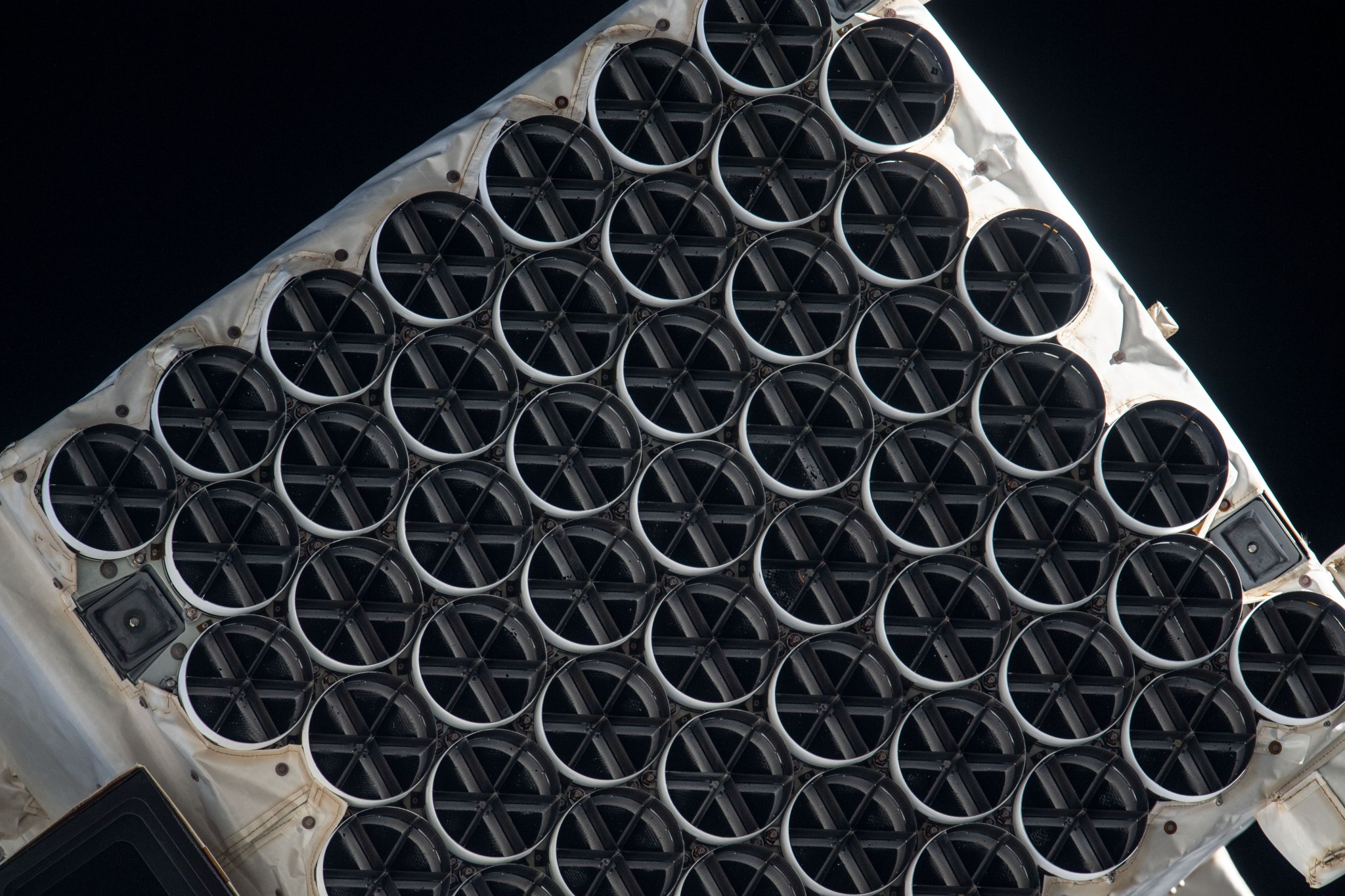
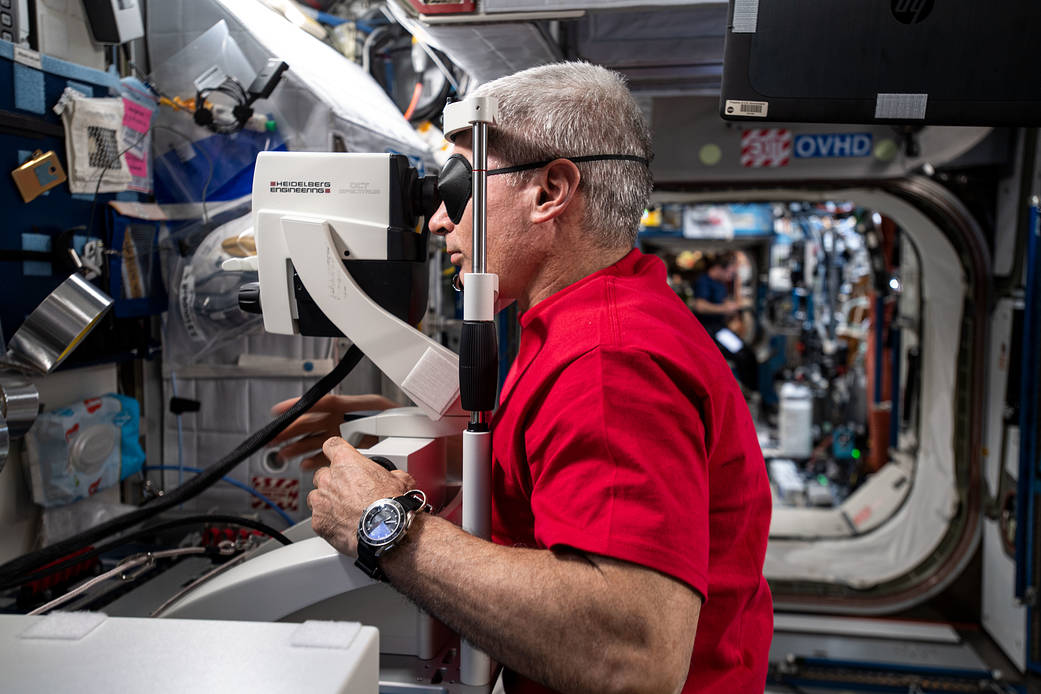
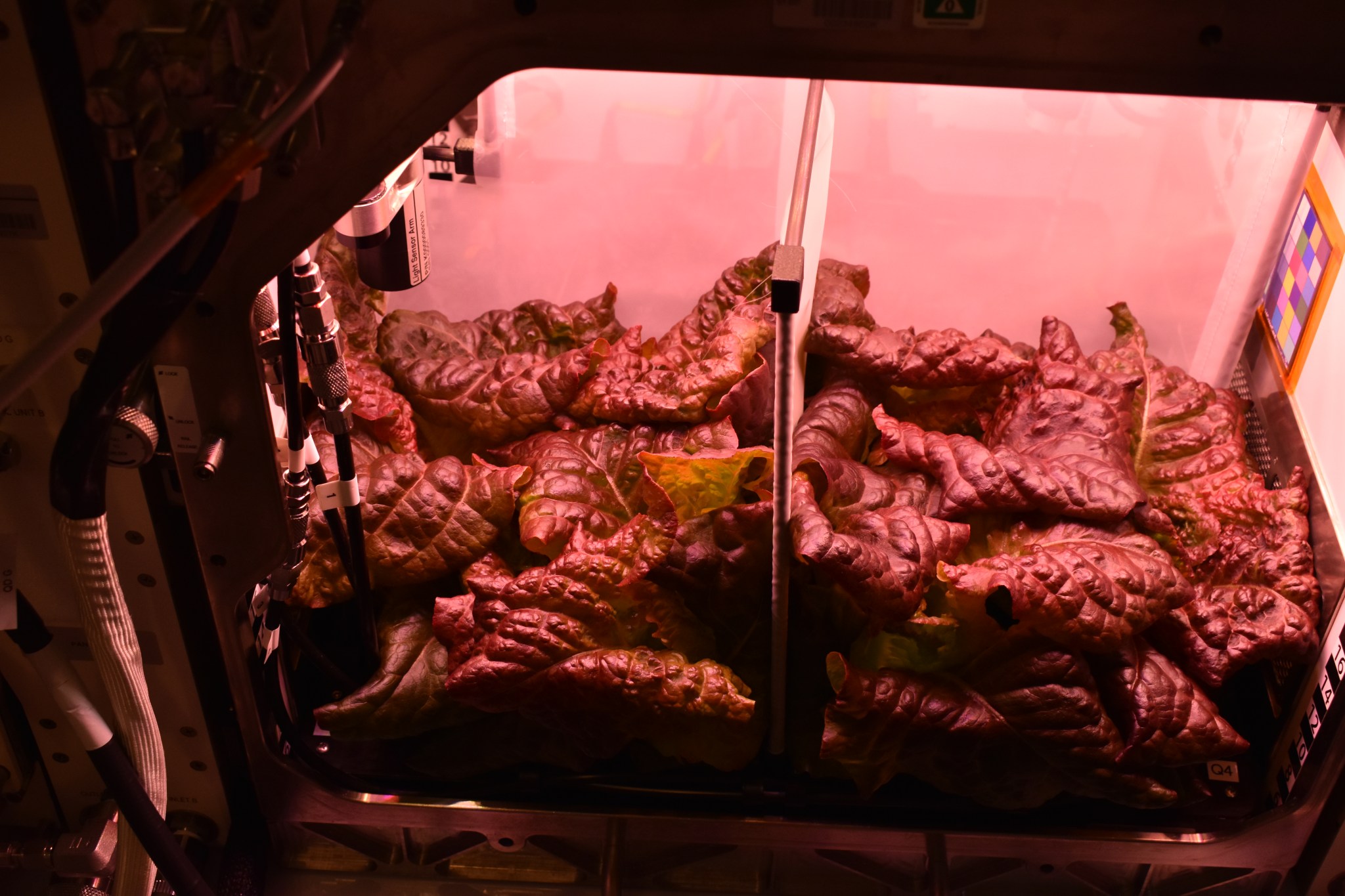


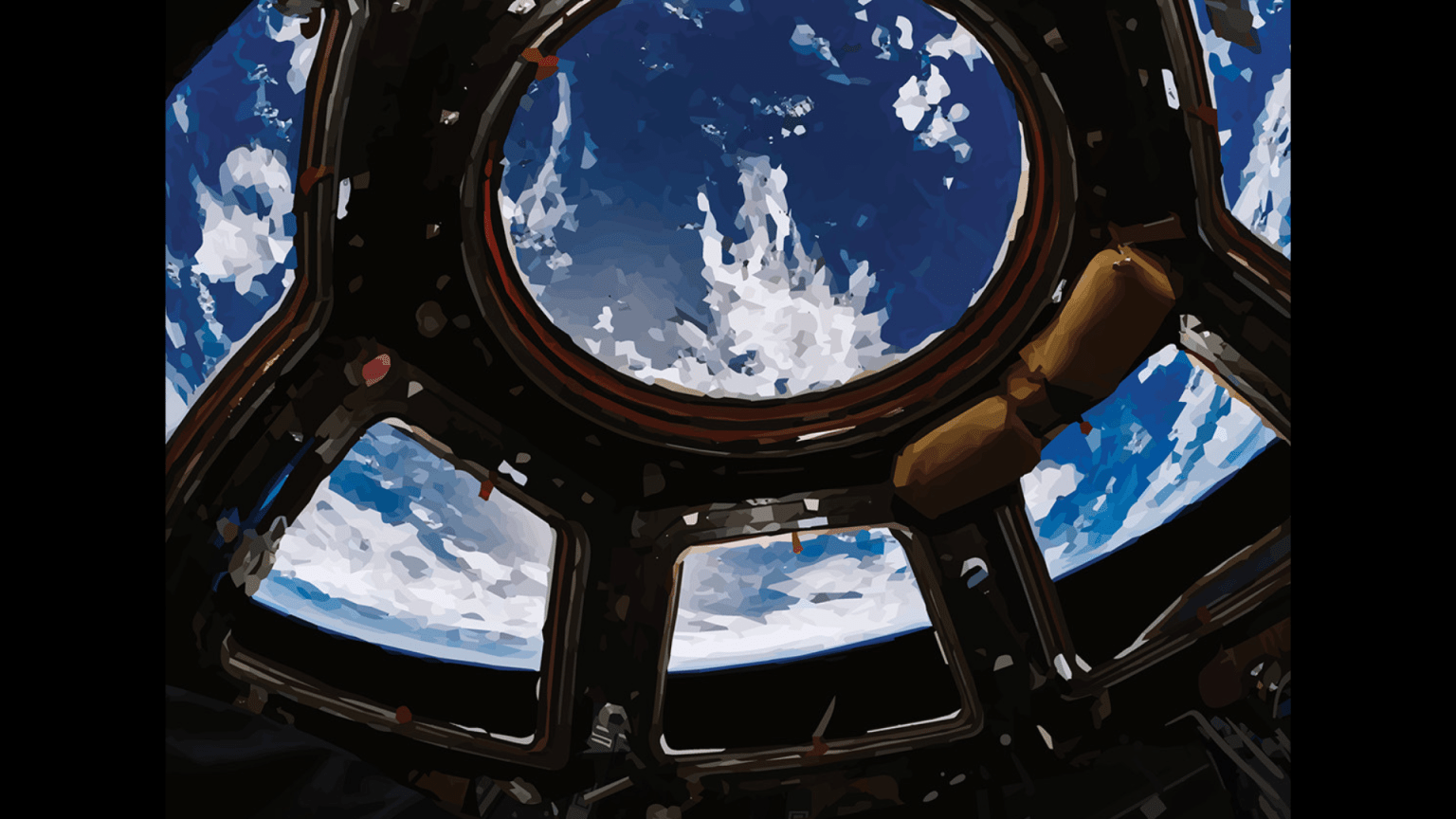

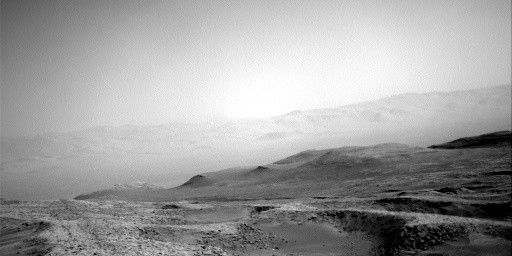
No comments:
Post a Comment